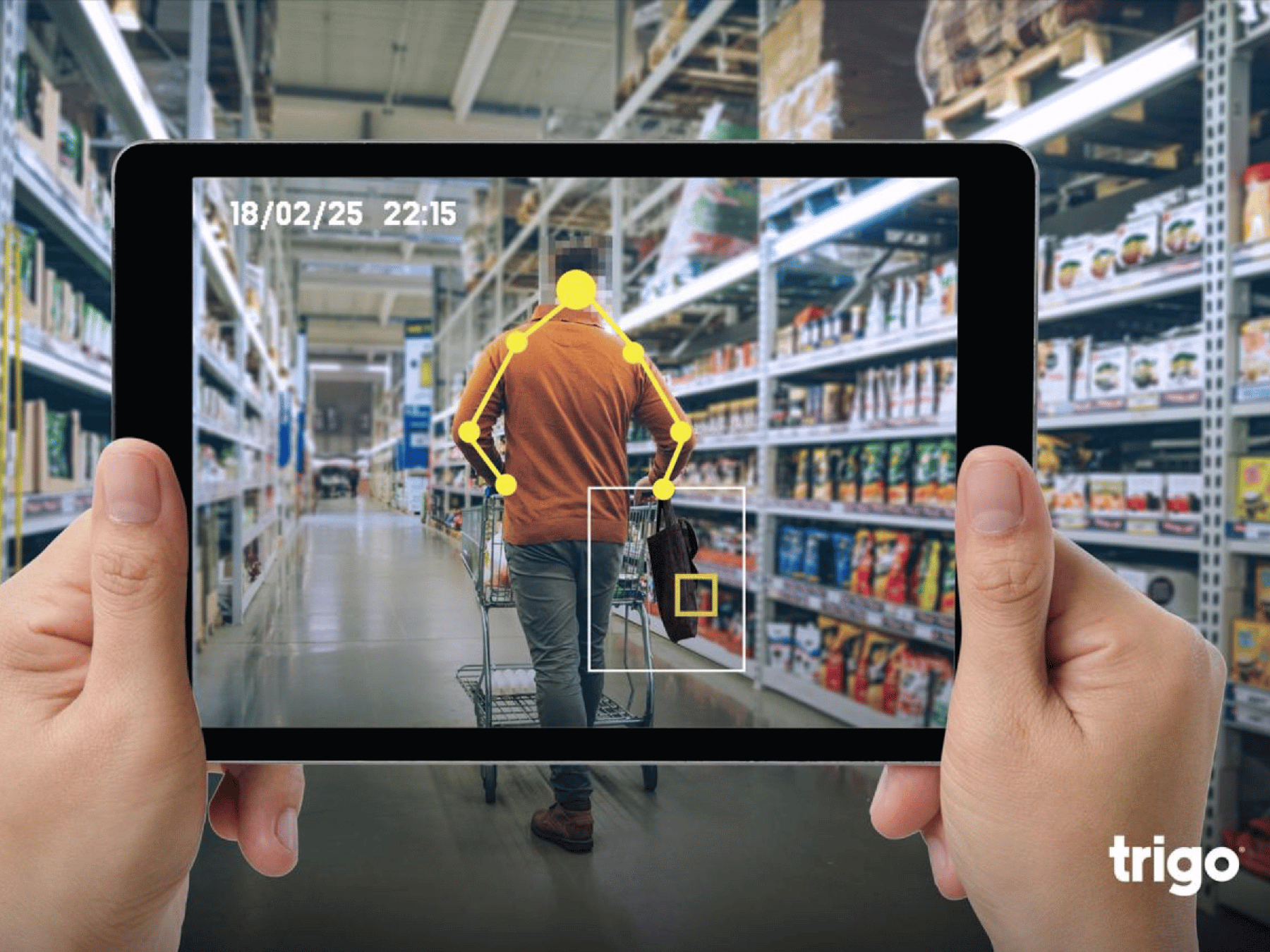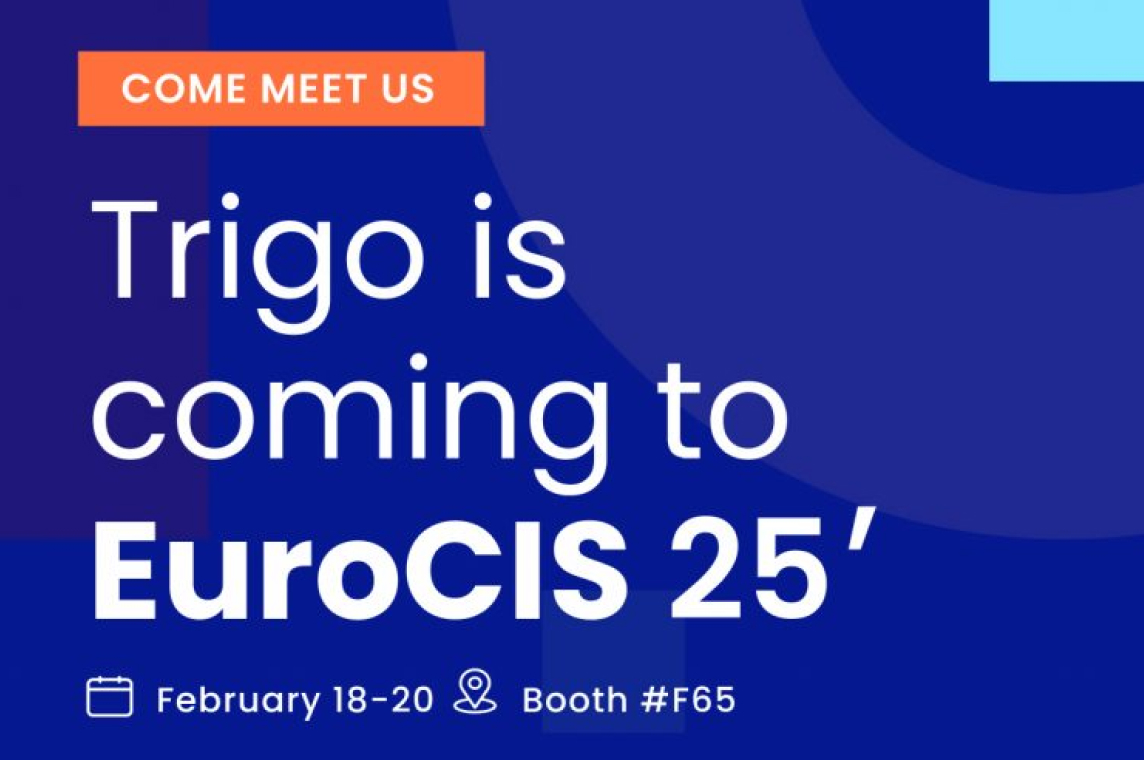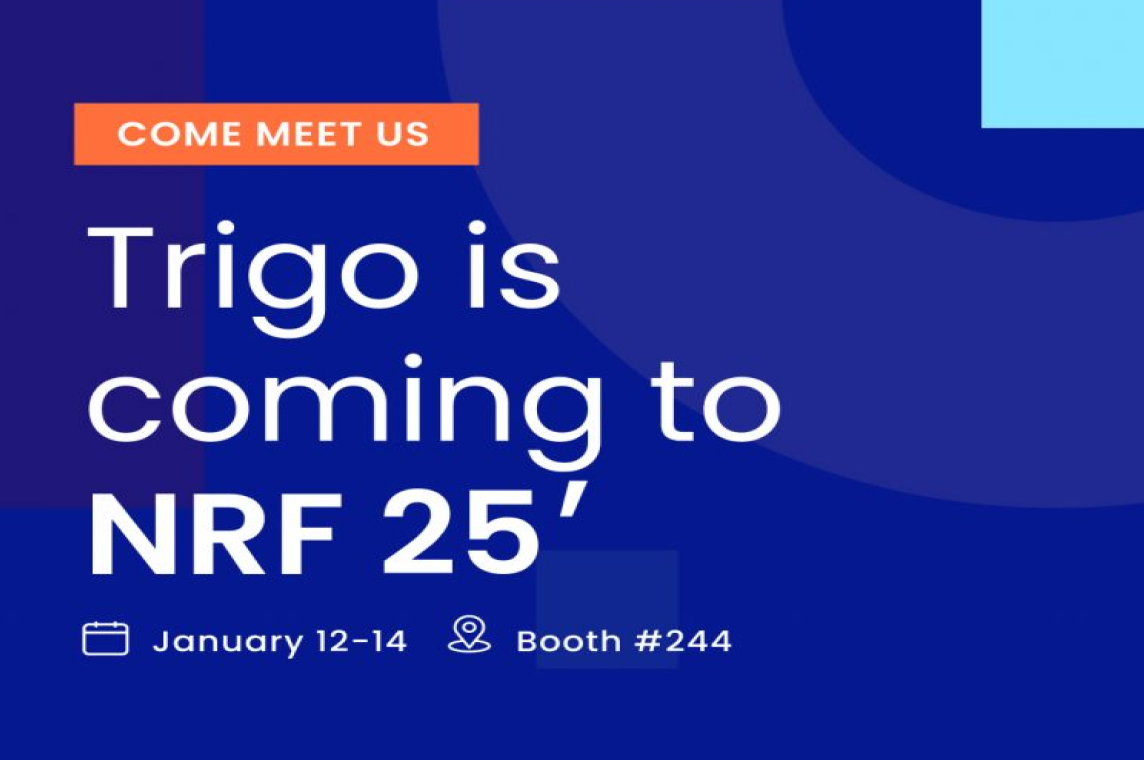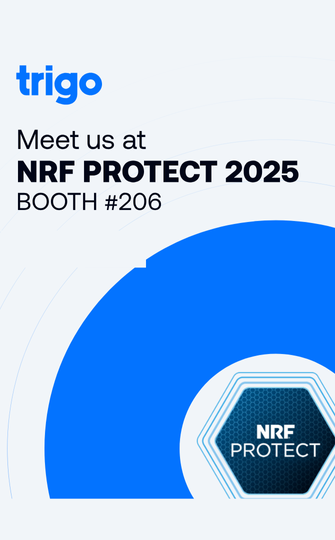Retailers today walk a tightrope: protect the store, but don’t annoy the shopper. Every extra lock, gate or receipt check reduces shrink, yet it also chips away at convenience—and sometimes at sales. A 2024 Consumer World survey found that 55% of respondents simply leave and buy elsewhere when the product they want sits behind a locked case; only 32% bother to summon help to open it.
That stark statistic explains why merchants are hunting for less visible, data-driven safeguards, especially computer-vision systems that “watch” transactions in real time. Done well, AI can replace clunky physical measures and let honest customers flow. Done poorly, it floods staff with false alarms or, worse, embarrasses shoppers who have done nothing wrong. The reusable-bag moment is the perfect stress-test: it’s ubiquitous, environmentally friendly … and a shoplifter’s dream hiding place.
The Sustainability Dilemma
Most supermarkets now encourage reusable totes. They cut single-use plastic, carry loyalty logos and generally make shoppers feel virtuous. From a loss-prevention lens, however, any opaque bag inside the aisle is a potential concealment tool. One U.S. grocer even floated limiting in-store bag sizes to 14 × 14 × 6 inches after a spike in losses, before walking the idea back because it “didn’t fit our customer promise.”
Traditional checkout safeguards are not designed for this reality. Weight sensors trigger only when items rest on the official bagging plate. When a shopper drops goods straight into a personal tote hanging off their shoulder, the scale sees nothing. Barcode scanners fare little better: a thief (or an absent-minded shopper) can “forget” to beep one or two items without immediate consequence.
How Big is the Self-Scanning Problem?
Theft at self-checkout is turning convenience into a costly liability for U.S. grocery retailers. According to a survey from LendingTree, 15% of self-checkout users admitted to stealing and 44% plan to do it again. Not only that but the same survey showed that the majority of the 21% of those who admit to taking an item by accident didn’t bother to correct the mistake. Yet often the security measures put in place to monitor this end up backfiring, with sometimes viral social-media clips showing the flipside: ordinary shoppers being flagged by AI for “possible item theft” even when they scanned everything correctly. Every false positive has a cost. A helpful associate is pulled away from genuine tasks; the buyer experiences friction (sometimes humiliation); and the brand risks a negative press. Multiply that by thousands of stores and millions of transactions, and the soft costs rival the hard shrink numbers.
Two Computer-Vision Philosophies
Over the past few years, retailers have tested two broad AI approaches and one is far better solution to the reusable bag problem:
- Micro-gesture flagging
Cameras hover above each self-checkout, tracking hand motions frame-by-frame. If the algorithm spots an item entering a bag without a corresponding scan event, it halts the transaction or replays the last few seconds on-screen. This can recover genuine mistakes instantly, yet it also alerts whenever the motion is ambiguous (e.g., a shopper rearranging items, or two items moved together so only one barcode is visible). False alerts spike on busy lanes and with bulky reusable bags, whose fabric hides SKUs from the lens. It also lacks the ability to track items that were never shown to the self-checkout camera. - Whole-journey understanding
A newer generation of systems that builds on the technology from micro-gesture flagging—Trigo’s platform belongs here—follows each item from shelf to exit, stitching together existing CCTV systems and AI models that are designed to understand interactions with products on the shelves across the store. The model knows that the jar of pasta sauce wherever it is concealed – in a bag or otherwise – is in a specific shopper’s possession. When the shopper reaches self-checkout, the system can reconcile the expected basket with scanned SKUs in real time. If something is missing, the kiosk gently nudges the customer to make sure all items were scanned.
Because the AI reasons about the entire trip, intent becomes clearer:- A genuinely forgetful customer corrects the oversight without staff escalation.
- A deliberate skip-scanner must ignore multiple on-screen reminders, giving security clear evidence of intent if an intervention is needed.
Why the Stakes Keep Rising
Retailers are under pressure on all sides:
- Shrink is headline news. Earnings calls routinely cite theft as a drag on profit, and some chains have removed select kiosks altogether.
- Sustainability targets demand less plastic. Turning away customers because their reusable bag is too big clashes with ESG commitments.
- Consumer patience is thin. When two in three shoppers won’t wait for a key to unlock a razor pack, they certainly won’t tolerate being wrongly branded a thief.
And for loss prevention people, the stakes have never been higher. As a loss prevention person, the last thing you need is a system that brings you false alerts just because someone put something into a shopping bag. Necessary but restrictive retailer policies mean that loss prevention people need to be highly informed before making a stop or at least be able to trust the system they’re working with. As we’ve seen the consequence of a bad stop can be anything from negative news coverage to the loss prevention person losing their job. Without a good AI-driven system, a loss prevention person is left to analyze many potentially legitimate shopping interactions and have to discern – sometimes quite quickly – if someone has in fact stolen something. It can mean checking aisles for evidence and following a shopper for a bit before deciding to make a stop. The main advantage of AI is its ability to complement these activities by reviewing a broader multi-camera data set.
Bringing It All Together
Reusable bags aren’t going away. Neither are cost-conscious shoppers—or, unfortunately, professional shoplifters. The challenge is discerning one from the other without building walls of plexiglass or forcing every guest through an airport-style checkpoint.
Computer vision, used holistically, lets retailers show less security hardware while doing more security work. It cuts the false-alert noise, lets loss-prevention teams act only when behaviour stays suspicious after fair prompts, and supports sustainability goals by letting customers shop exactly how they want to—bags and all.
In other words, the smartest store is not the one with the most locks, but the one with the best sight. As retailers refine that vision, the familiar tote on a shopper’s shoulder stops looking like a threat and starts looking like what it was meant to be: a sign they plan to fill it up.











